Luchetti Krelle’s timeless design at Epula marries heritage grandeur with classic sophistication, celebrating the spirit of a European piazza whilst remaining unmistakably of its place.
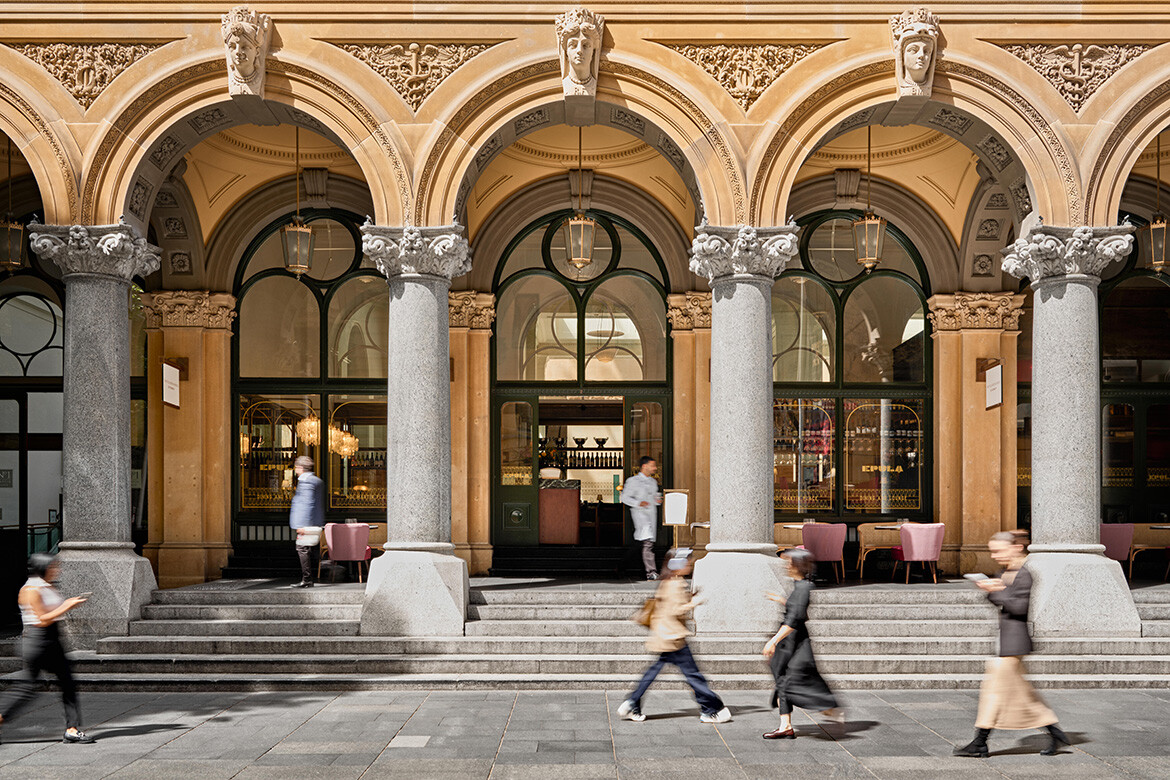
November 5th, 2025
Within the magnificent colonnade of Sydney’s GPO building at 1 Martin Place, Luchetti Krelle has created something remarkable – a refined restaurant that honours both the grandeur of its heritage setting and the convivial energy of European piazzas. Epula, named after the Latin word for “feast”, is the latest venture from Frank Dilernia and the Tapavino Group and their first collaboration with Luchetti Krelle.
Previously a retail offering, transforming Martin Place into a destination that feels both classically European and distinctly Sydney – a sophisticated dining experience that belongs precisely where it sits – was no mean feat. Stuart Krelle, Principal and Co-Founder of Luchetti Krelle, states: “The brief was very much about European piazzas, town squares and the importance of Martin Place and its pedestrian connection to the city.”
“Whether it’s a small meal, a drink, a business lunch or dinner, the restaurant needed to work for all these options while maintaining that Eurocentric approach and atmosphere,” he adds.
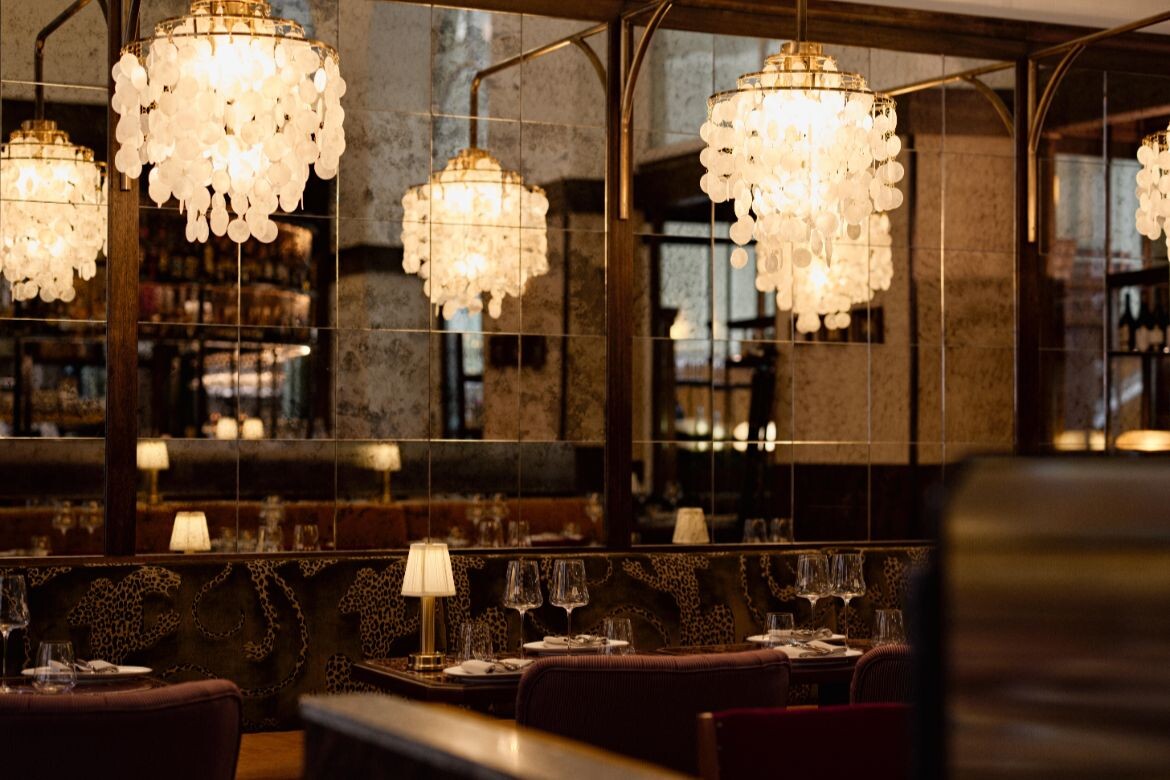
The bar became the design’s anchor point. Circular in shape and crafted from solid Blackbutt timber, it not only caters to the back-of-house areas but, through its sculptural presence, grounds the soaring space. An abundance of spirits and liquors line deco-inspired frosted-glass shelves. Behind, dazzling panels of dark amber, copper red and champagne tones conceal the kitchen and add visual intrigue. Krelle describes the overhead display effect as having “an almost European-luxe train-travel quality with the scalloped glass.” The Rosso Levanto marble bar counter is paired with highchairs upholstered in plush, deep maroon velvet, establishing an elegant material palette that resonates throughout.
The restaurant unfolds across three distinct zones: outdoor dining along Martin Place’s historic colonnade, the main interior dining room and a spacious area that extends into the GPO itself, which can be accessed by the Fullerton Hotel lobby and serves guests with coffee and pastry at breakfast. Featuring deep green velvet banquette seating and bentwood chairs, the effect is intimate and elegant amidst the grand internal volume.

Seating and table arrangements demonstrate thoughtful flexibility. Built-in banquettes upholstered in Mokum’s Panthera Olive fabric and caramel-hued Kvadrat Maharam fabric (Phox by Raf Simons) add warmth and maximise floorspace efficiency. Tables topped with green granite can be easily separated for intimate twos or fours, or grouped for larger parties, while high tables provide additional options for patrons. Recessed vitrines – original wall indentations thoughtfully retained in the design – house wine storage above banquettes, while intricate paintings from Dilernia’s private collection add charm.
Managing the main dining room’s dramatic height was among the design’s most critical challenges. “We kept the height of the room to let it soar,” states Krelle. “The custom bar becomes the perceived height of the room.” By lining the walls with rich, walnut-hued timber at a consistent datum, the design visually lowers the perceived volume and creates intimacy. The walls also incorporate tonally discreet acoustic panelling – a truly successful intervention. The result is a space where you can hear conversation and atmospheric music, creating a lively yet comfortable ambience without overwhelming noise.
Related: Gray Puksand transforms workplaces into learning spaces

Lighting further enhances this sense of considered luxury. Natural light floods through the floor-to-ceiling windows from Martin Place, while the internal hotel lobby provides illumination from the opposite side. “The building provided the perfect lighting environment,” Krelle notes. Warm light from elegant chandeliers reflects beautifully in the gridded antique mirror lining the back wall, while small table lamps provide perfect reading light for menus.
Executive Chef Andrea Grandville’s elegant, cross-continental menu delights with standout dishes including Vincigrassi lasagna – silken pasta layered with mushrooms, prosciutto and truffle in béchamel sauce; a whole flathead in saffron velouté dotted with salmon caviar; and the Bavette à l’échalote steak with pommes frites and an indulgent béarnaise. White-jacketed waiters move seamlessly through the space delivering exceptional, attentive service, while elegant stemware and refined table settings reinforce Dilernia’s attention to detail.
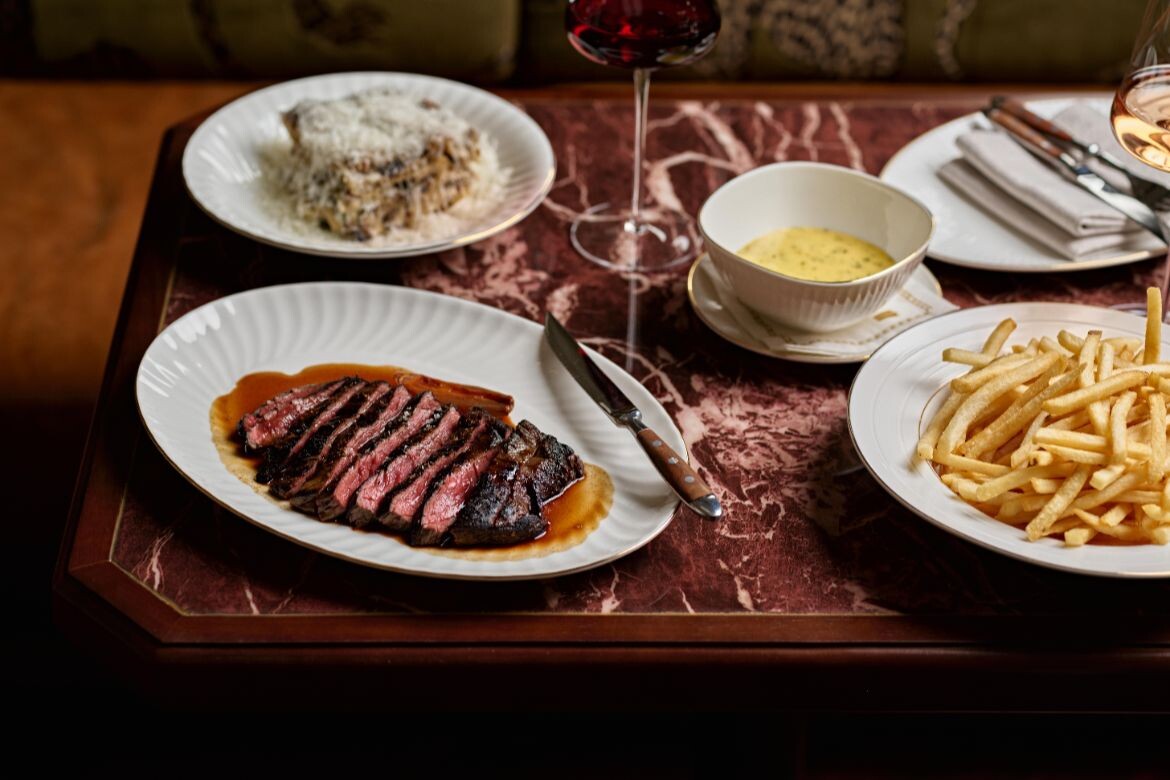
What strikes most about Epula is how effortless it all feels. Krelle states: “In hospitality design, you have to hit markers of acoustics, lighting and mood.” There is a relaxed, welcoming energy – buzzing without being pretentious, quality without ostentation. The design speaks to Luchetti Krelle’s considered approach and the Tapavino Group’s broader sensibility while allowing the GPO Building’s natural opulence to shine. As Krelle reflects, the building’s great bones provided the foundation for layering elegant, luxe details: “Rich reds, caramel mustards, deep sumptuous greens – warmth alongside dark timbers and the velvet adds tactility and sheen.”
In Epula, Luchetti Krelle and Tapavino have created something enduring – a restaurant that invites you to linger, to order another glass from that exceptional wine list, to return and become part of the ongoing story of this reawakened architectural landmark. It is a space that celebrates civic beauty, place and heritage, making Martin Place feel once again like the Sydney CBD’s vibrant town square.
Luchetti Krelle
luchettikrelle.com
Photography
Steven Woodburn
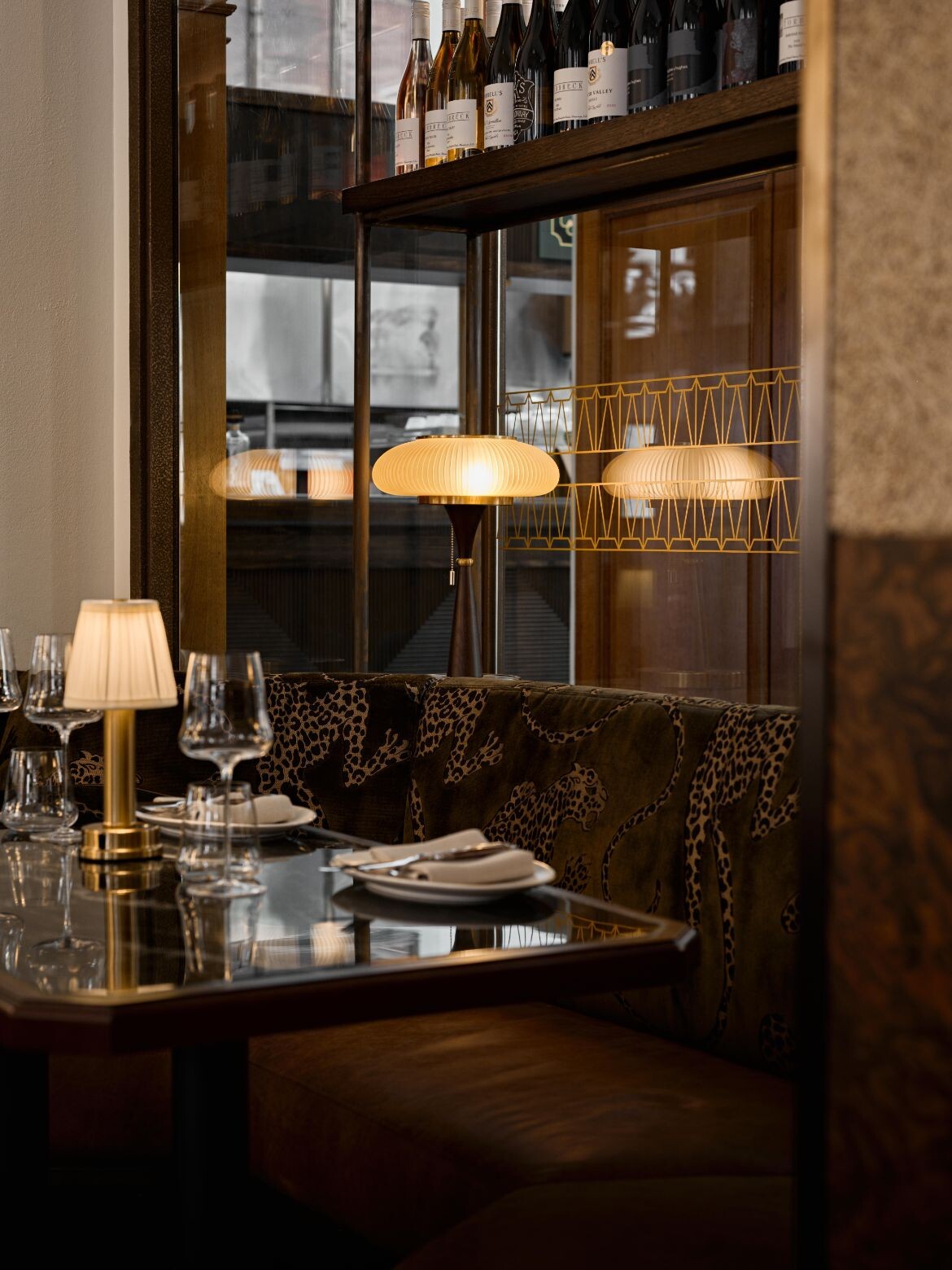
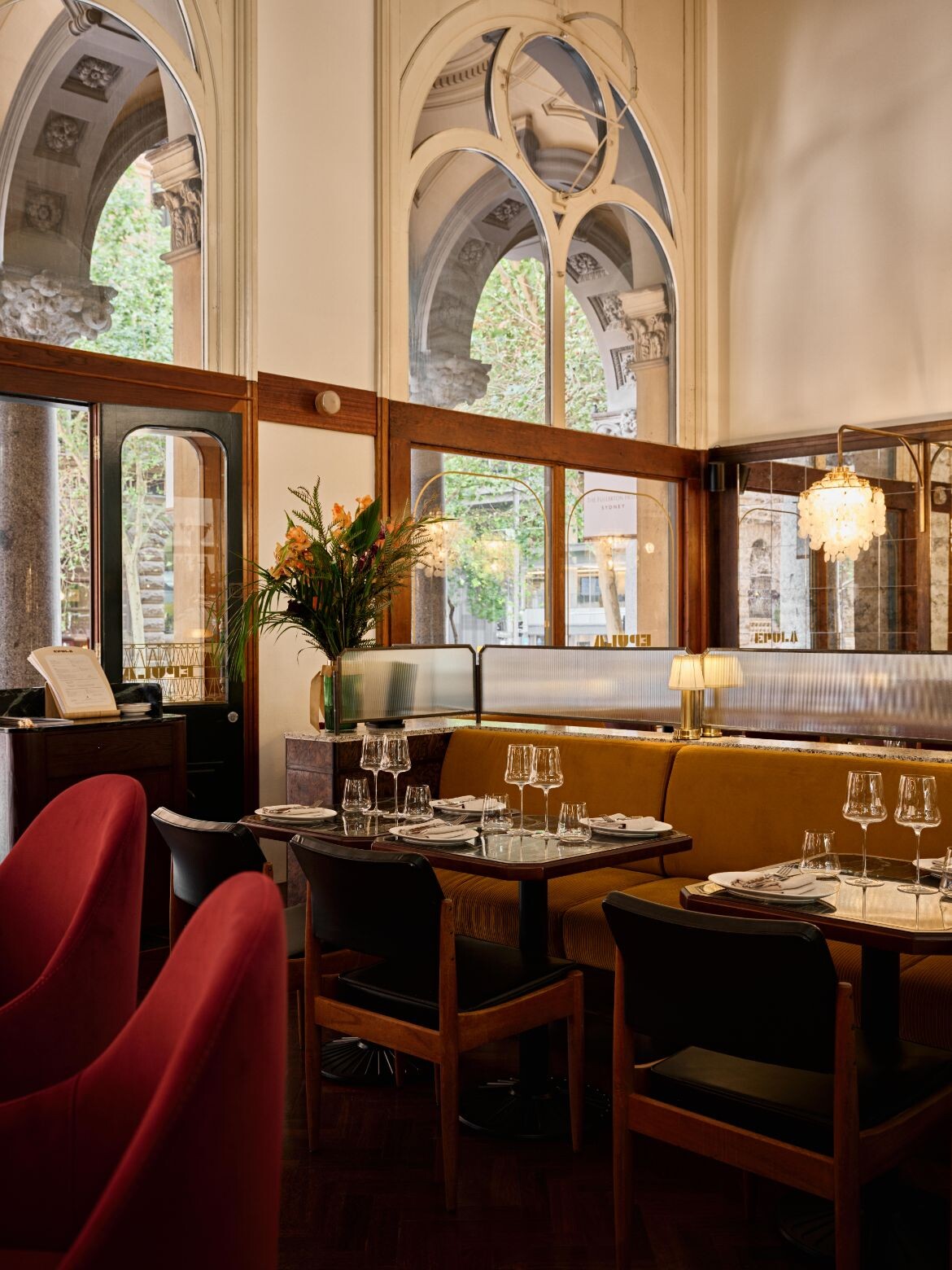
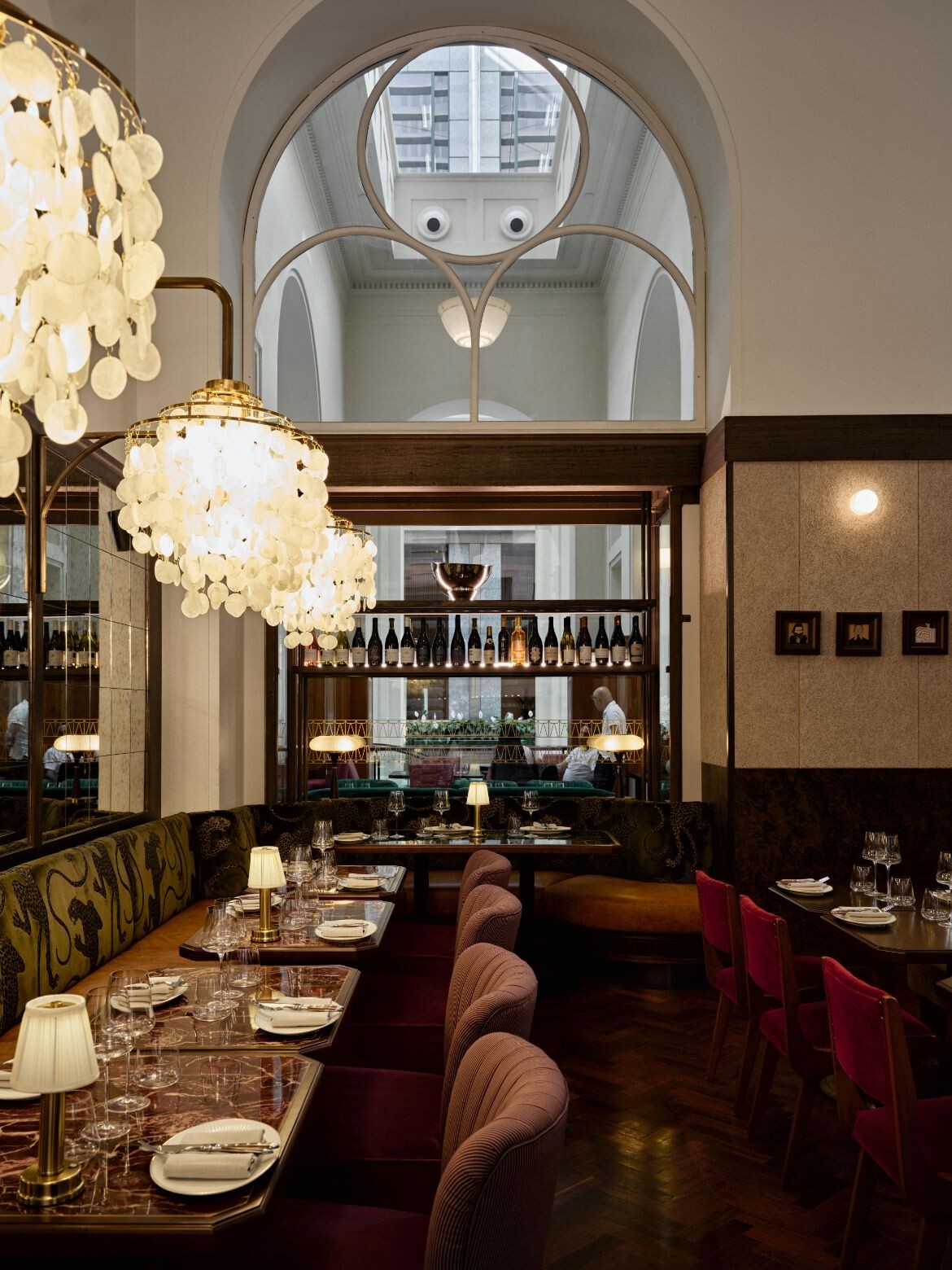
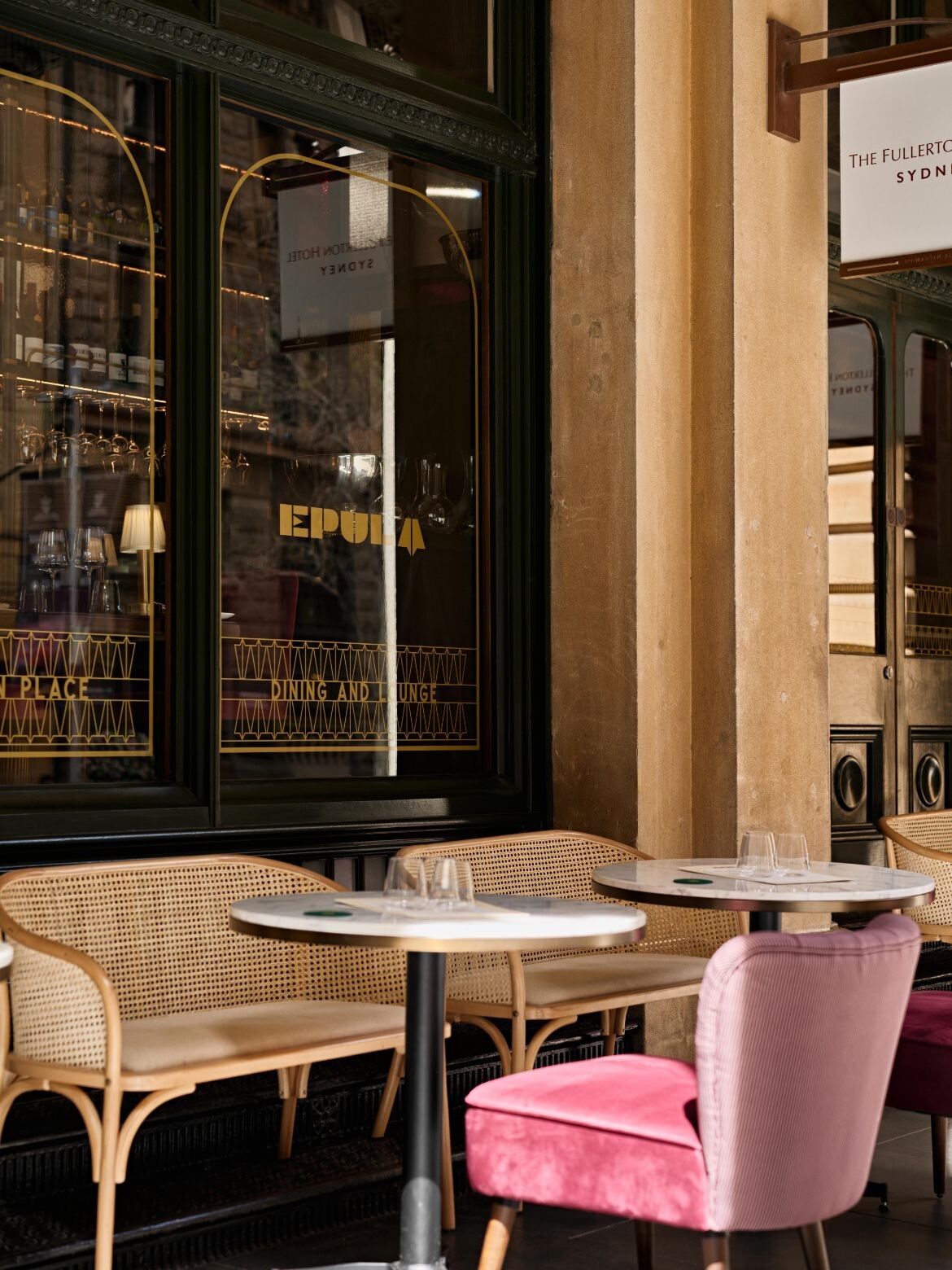

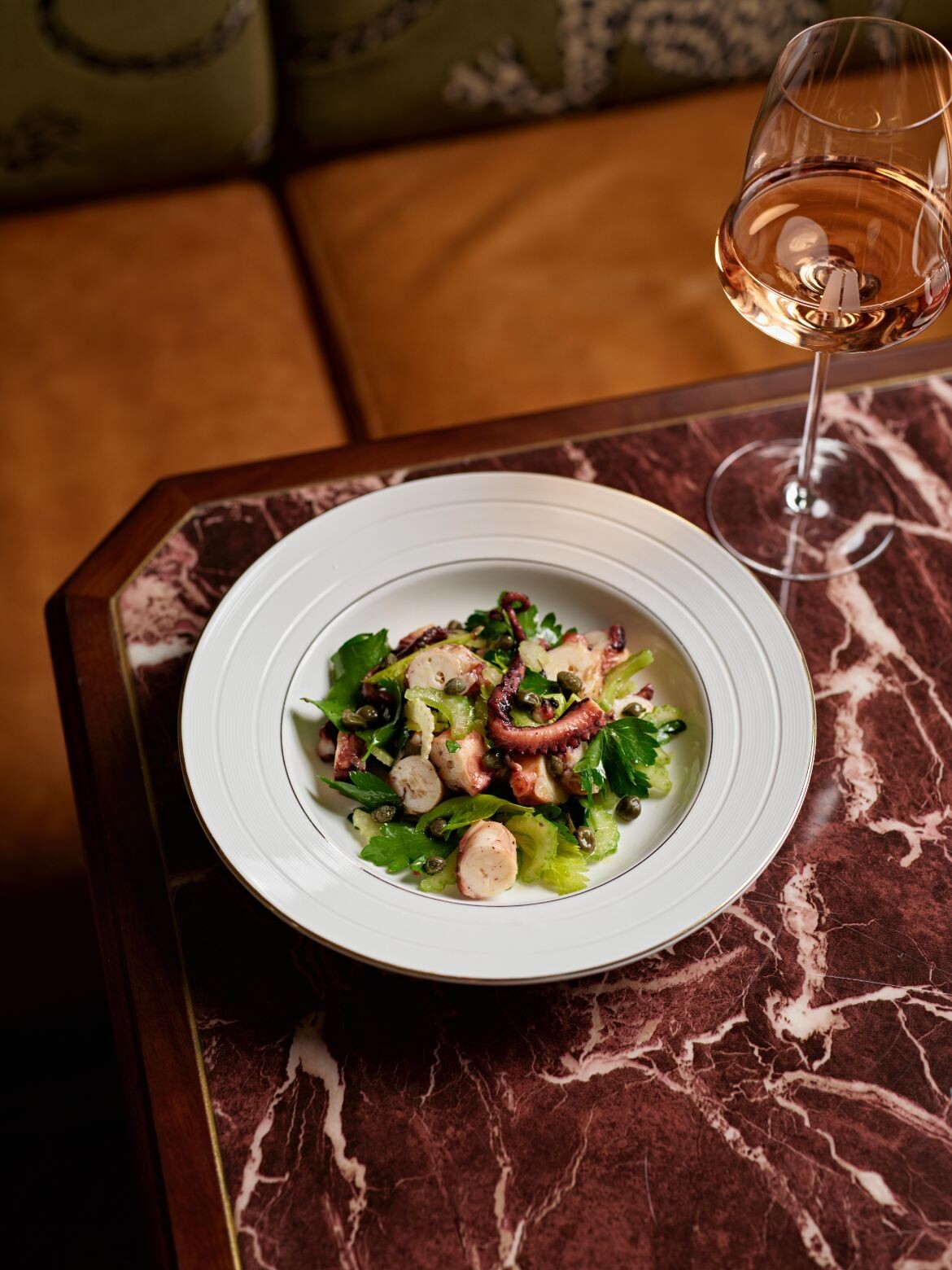
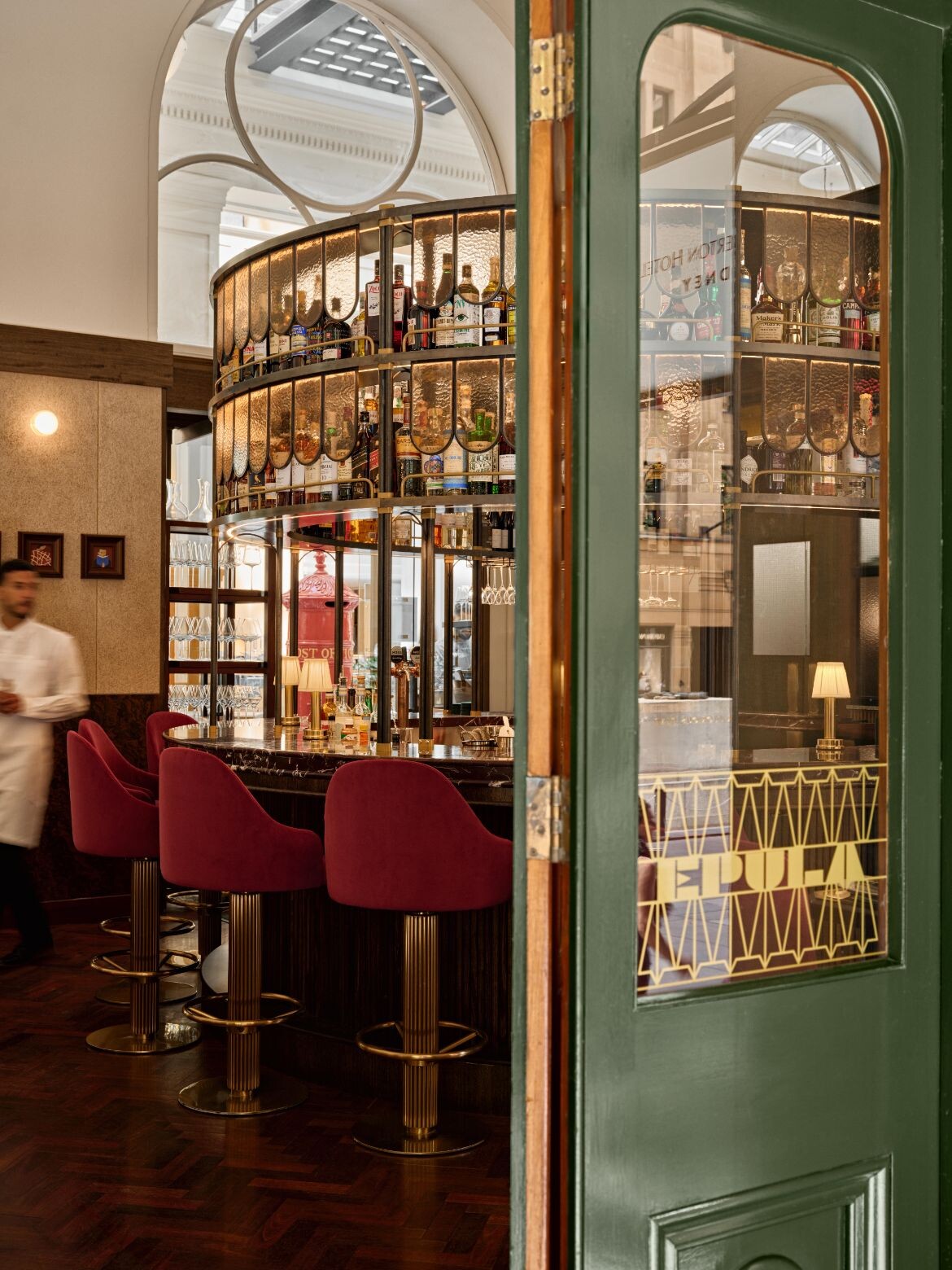
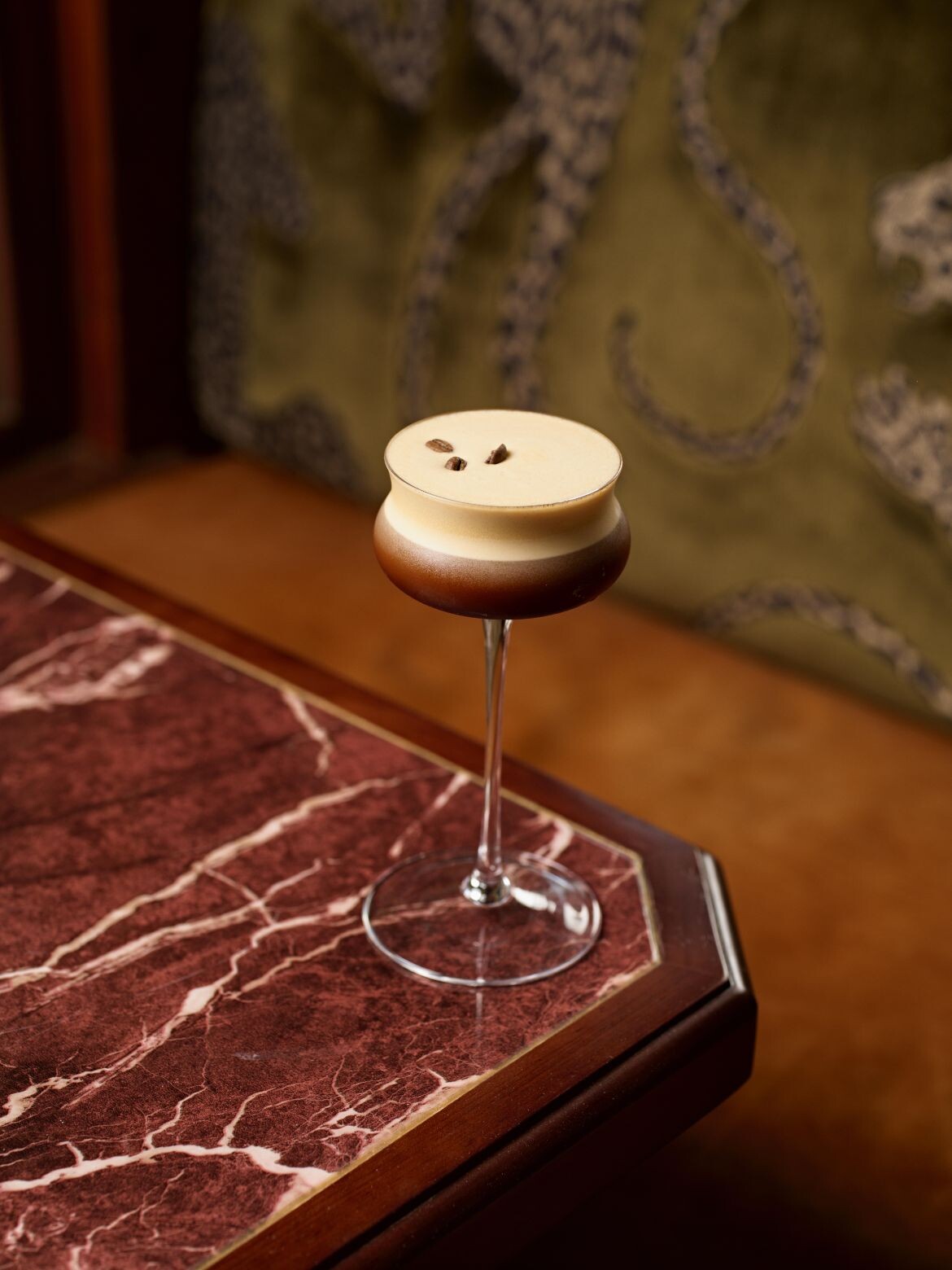
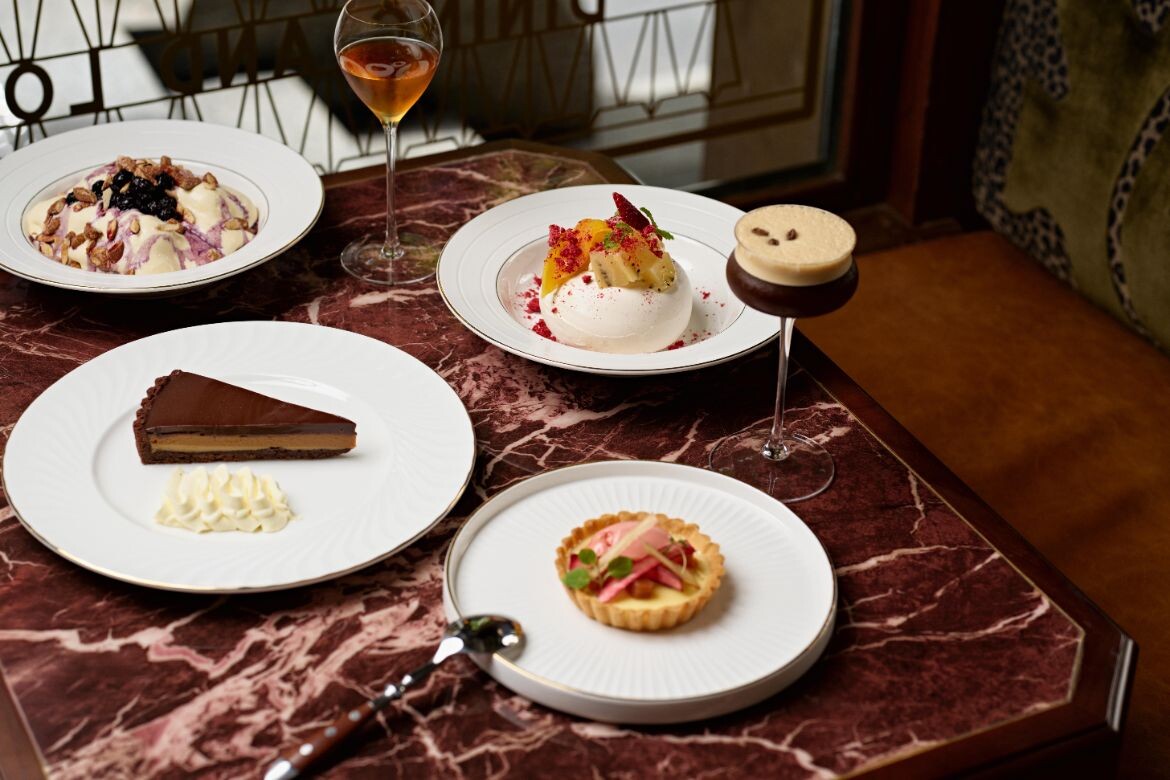
INDESIGN is on instagram
Follow @indesignlive
A searchable and comprehensive guide for specifying leading products and their suppliers
Keep up to date with the latest and greatest from our industry BFF's!
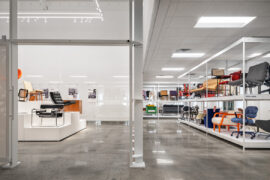
The undeniable thread connecting Herman Miller and Knoll’s design legacies across the decades now finds its profound physical embodiment at MillerKnoll’s new Design Yard Archives.

For Aidan Mawhinney, the secret ingredient to Living Edge’s success “comes down to people, product and place.” As the brand celebrates a significant 25-year milestone, it’s that commitment to authentic, sustainable design – and the people behind it all – that continues to anchor its legacy.
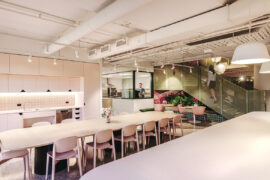
Gray Puksand’s adaptive reuse of former Melbourne office into Hester Hornbrook Academy’s new City Campus shows how architecture can support wellbeing, connection and community.
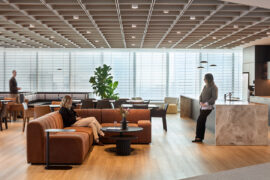
GroupGSA delivers MUFG Pension & Market Service’s Sydney HQ with a dual Japanese–Australian identity, blending precision, warmth and workplace flexibility.
The internet never sleeps! Here's the stuff you might have missed

In contemporary interiors, ensuring a sense of comfort and wellbeing means designing and specifying finishes and products that support all the senses.
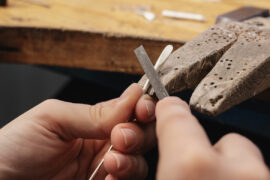
Having recently attended the Symposium as the Murcutt Pin-holder, Sydney-based architect Jamileh Jahangiri reflects on the importance of the gathering.